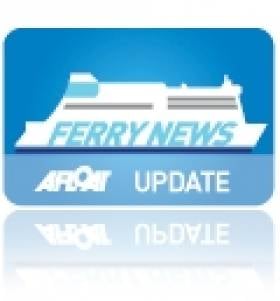Displaying items by tag: Ferry Campaign
The Ferry Fortnight to "Seas the Opportunity"
This weekend sees the start of the National Ferry Fortnight (14-28 May) an initiative to heighten consumer awareness of the extensive ferry network operating to and from the UK, writes Jehan Ashmore.
Central to the National Ferry Fortnight campaign will be a series of promotional offers on ferry routes listed on www.discoverferries.com. The campaign logo will be featured on ferry members' own advertising and website campaigns to highlight the UK's broad network of over 50 routes.
For the first time, ferry passengers will be encouraged to blog and twitter their family and friends when crossing the seas.
Investment in recent years of more modern and versatile fleets has seen an increase in people travelling by ferry, with some 35 million passengers, eight million cars and over 140,000 coaches carried in 2010.
The event is organised by the UK-based Passenger Shipping Association (PSA) and members include Irish owned-ferry operators: Fastnet Line (Cork-Swansea), Celtic Link Ferries (Rosslare-Cherbourg) and Irish Ferries which operate on routes to Wales and France.
In addition the following PSA members (operating between them on Irish Sea, English Channel and North Sea services) are to participate: Brittany Ferries, Condor Ferries, DFDS Seaways, Hovertravel, Isle of Man Steam Packet Co. (IOMSPCo), LD Lines, P&O Ferries, Red Funnel, SeaFrance, Stena Line and Wightlink.






























































